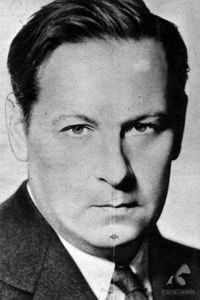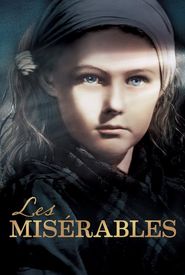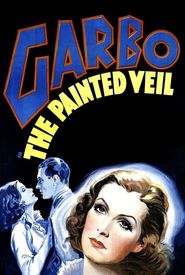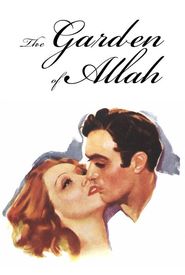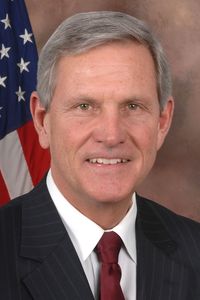Boleslaw Ryszard Srzednicki, a young Pole, invented the stage name "Boleslawski" and left his second home, Odessa, Russian Empire, to study theatre and train as an actor at the world-famous Moscow Art Theatre before and during World War I. He also acted in a few early Russian films.
As the Russian Revolution, Civil War, and Soviet Russia's war with Poland (1918-21) unfolded, Boleslawski fought as a Polish soldier and eventually left Russia forever, traveling through Poland and Germany, before settling in the United States.
In the 1920s, he became one of the first teachers in the US of the serious, emotionally grounded, ensemble style of the Moscow Art Theatre, along with Maria Ouspenskaya. To put his theories into action, Boleslawski created the American Laboratory Theatre in New York in 1923, which would later become the Group Theatre of the 1930s and the Actors Studio.
Boleslawski also wrote theoretical articles about acting for "Theatre Arts Magazine" and collected them in a book, "Acting--The First Six Lessons", published in 1933.
However, the coming of sound to motion pictures and the financial collapse of the American Laboratory Theatre forced Boleslawski to abandon the New York stage and accept an offer to direct films in Hollywood, beginning in 1929.
He made several important films at major studios like MGM and Fox before his premature death in January 1937. Some of his most notable directing assignments include "Rasputin and the Empress" (1932),"Men in White" (1934),"The Painted Veil" (1934),"Les Misérables" (1935),"Theodora Goes Wild" (1936),and "Three Godfathers" (1936),showcasing a wide range of genres.
Boleslawski was married at least three times and had a son, Jan, with his last wife, pianist-actress Norma Drury. Tragically, Jan lost his father before the age of two and later lost his own life at the age of 27.
Boleslawski's death at the age of 47, before completing his final film "The Last of Mrs. Cheyney" (1937) with Joan Crawford, was sudden and unclear. Some speculate that his illness was caused by his penultimate film "The Garden of Allah" (1936),which was shot in the burning heat of the southwestern American desert, where he allegedly drank unboiled water.
